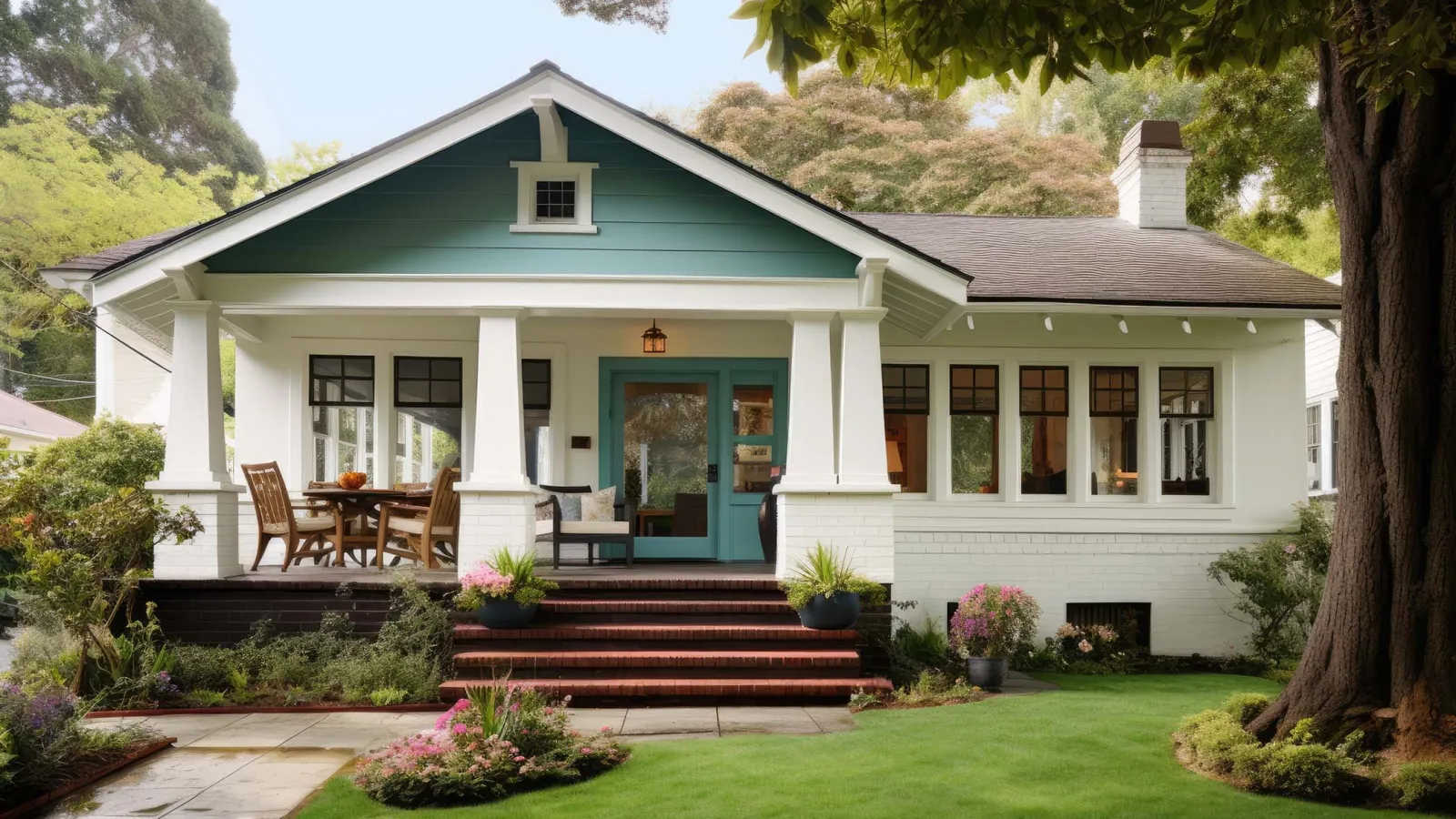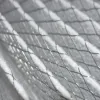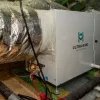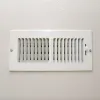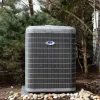If your house has uninsulated hard pipe ducts, those ducts are old.
Insulated ducts have been the standard for decades now. No building inspector worth his or her salt is going to let any builder or HVAC contractor get away with installing ducts that aren’t insulated.
This, of course, is a good thing! Duct insulation keeps the air that’s supposed to be cool and the air that’s supposed to be warm. If your ducts aren’t insulated, you’re probably paying way more than you should to cool and heat your home.
And since your HVAC system will need to work harder to power through the thermal loss (or gain) that’s going on in your ducts, you’ll have to replace it sooner than if you had insulated ducts.
Ok, I’ve got old uninsulated ducts. What should I do?
Assuming you’re keen to fix this problem, you have two options:
- Insulate your ducts
- Replace your ducts with insulated ducts
The choice is yours, and you’re going to be better off no matter which option you choose. We think one option makes more sense than the other, but let’s not get into that just yet. First, let’s consider what’s involved in each endeavor.
Insulating your ducts
Adding insulation to your ducts isn’t as simple as getting some ducts wrapped and taping them together. Ok, some people and contractors do insulate their ducts this way. And technically, the ducts are insulated afterward.
But if you go this route, you’re forgetting something super important: duct leaks.
Duct leaks are the scourge of energy efficiency and indoor air quality. Gaps, cracks, holes, rusted-out corners… When air leaks through your ducts, it brings contaminants into your indoor air and reduces the efficiency of your HVAC system. By not addressing duct leaks, you’re polluting your clean, filtered, conditioned air with dirty, unfiltered, unconditioned air!
Remember, a lot of your ductwork is either in your crawlspace or your attic. Do you want to be breathing the air from those spaces 24/7?
Anyway, the point of all this is to highlight the fact that you’ve got to seal the leaks before you insulate the ducts.
Insulation blocks the movement of heat, but it can’t stop air leaks. Dirty air will still enter your ductwork through the leaks, even after you add insulation. If you decide to insulate your old ducts, just make sure you or your contractor follows this order of operations:
- Seal the leaks with mastic or mastic tape (we follow a highly precise “seal and test” protocol that identifies all leaky areas and results in 4% duct leakage or less).
- Wrap fiberglass duct insulation around the ducts and tape the seams together.
Of course, you might also consider…
Replacing your old ducts
Out with the old, in with the new! Replacing your ducts is another option when you’ve got old uninsulated ones.
Our team follows a rigorous process for replacing ductwork. But whether you hire us or somebody else, be sure your contractor follows these steps:
- Perform a Manual J load calculation: This is the step we and others take to determine the right size for your HVAC system. Why do it before getting new ducts? Because the size of the system affects the size of the ducts.
- Perform calculations for Manuals S, T, and D: These exercises help us select the right HVAC components, determine air register and grille sizes, and determine the correct length and positioning of the duct runs.
- Install insulated hard pipe ducts: Flexible ducts (aka flex ducts) are usually best avoided. They’re ok for very short duct runs, but longer flex duct runs tend to sag and restrict airflow over time. It’s not impossible to have an all-flex system, but extremely special care must be taken to install flex ducts properly. For these reasons, we almost always prefer hard pipe ducts.
- Test for leaks and balance airflow: In addition to sealing leaks (see the process described above), we use a digital hood to measure the airflow in each room according to that room’s need for air. Then we balance the airflow to make sure there’s enough air moving to every room.
If that sounds like a lot of work, it is! But in the end, you’ll have the most optimal ductwork possible for your home.
So, which is it? Insulate or replace?
It’s up to you, but it’s generally more cost-effective to replace the ducts. By the time you pay for materials and labor for sealing and insulating existing ducts, it will usually shake out to a price that’s close to what it costs to get new ones.
If your contractor does things the way we do, replacement also results in a better duct system that keeps you more comfortable and maximizes efficiency.
With us, you get a brand-new duct design that is accurately sized for your home and your HVAC system. Precious few HVAC contractors will do this. Most are “box swappers” who just replace what you have with the same thing. In other words, the system will still underperform – even after the ducts are insulated!
In the event you’re already replacing your HVAC system, that’s a great time to also replace your old ducts. The new duct system will minimize energy loss and, assuming it’s installed by a knowledgeable company, will offer better quality and comfort compared to whatever you’ve got now. It will also pair nicely with your new HVAC equipment. Your existing ducts, on the other hand, might not.
Concerned about your uninsulated ducts? We can help.
If you think your old ducts are costing you money, you’re probably right. Our team will analyze the ducts and help you make the right decision for insulating or replacing them.
We serve all of Metro Atlanta, so just give us a ring or submit a service request!
